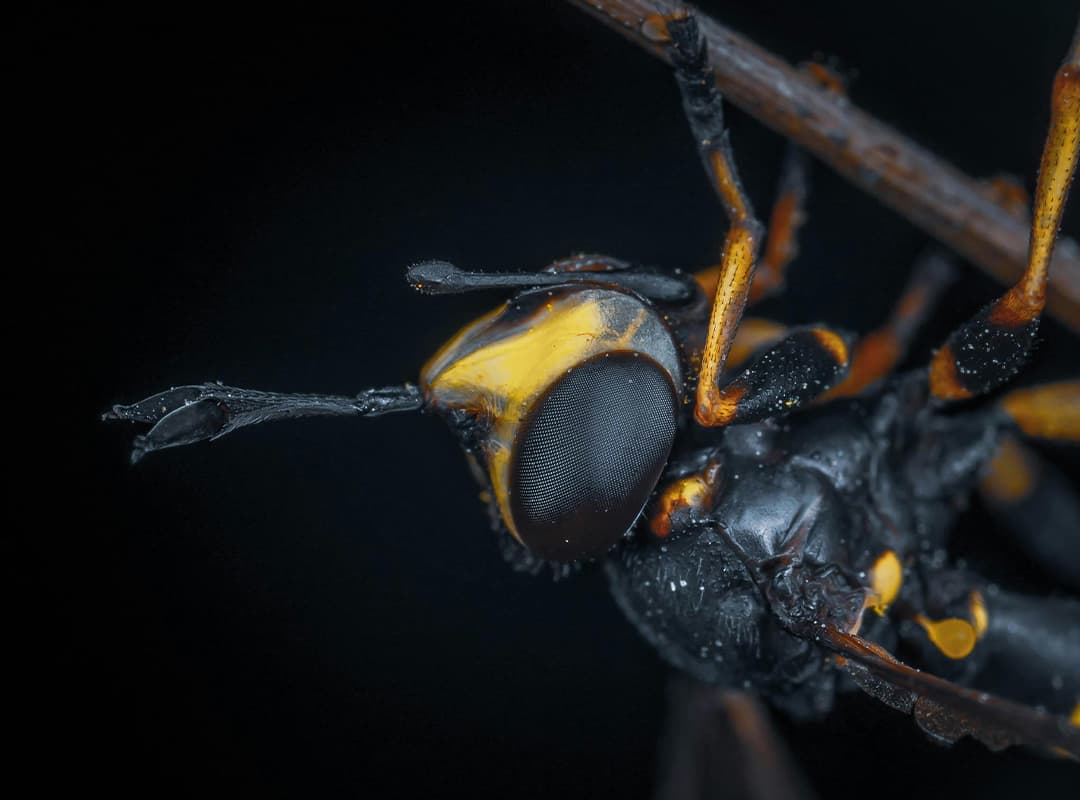Biological pest control is an important strategy in agriculture and environmental protection to keep pest populations at acceptable levels with minimal use of chemical pesticides. One of the key components of this strategy is parasitoid wasps, which have proven to be effective in controlling various pest species. In this article, we will look at the role of parasitoid wasps in biological control, their features and advantages over other methods of pest population management.
Parasitoid wasps play an important role in natural ecosystems by controlling insect populations and preventing overbreeding. In agricultural and forestry settings, they are used as effective biological control agents, reducing the need for chemical pesticides and maintaining ecological balance.
Advantages of using parasitoid wasps in biological control
Ecological safety
Parasitoid wasps are natural enemies of many pest species and therefore represent an environmentally safe control agent. Unlike chemical pesticides, they do not pollute the environment or harm other, non-target organisms. This makes them ideal candidates for integrated crop protection and sustainable agriculture.
Specificity in host selection
Many species of parasitoid wasps are highly specific in their host selection, allowing them to effectively control certain pest species without affecting populations of other insects. This specificity reduces the risk of unintended consequences, such as the destruction of beneficial insects or the development of resistance to biological control.
Long-term action
Parasitoid wasps are able to maintain their populations for a long time after introduction into an ecosystem. This provides long-term effects on pest populations, often without the need to reintroduce wasps or additional interventions. These persistent parasitoid populations create a natural control, keeping pest populations low.
Reduced pesticide costs
The use of parasitoid wasps in biological control can significantly reduce the need for chemical pesticides, which in turn reduces plant protection costs and reduces negative environmental impacts. It also improves ecosystem health and the quality of agricultural products.
Examples of successful use of parasitoid wasps
Aphids and Aphidius colemani
One of the best known examples of the use of parasitoid wasps in biological control is the control of aphids using Aphidius colemani wasps. These small wasps effectively control populations of various aphid species by parasitizing them and significantly reducing their numbers. They are often used in greenhouses and open fields to protect vegetable and ornamental crops.
Whitefly and Encarsia formosa
Another example of a successful application is the use of the wasp Encarsia formosa to control the whitefly, an insect that poses a serious threat to greenhouse crops. These wasps lay their eggs inside the whitefly larvae, causing them to die and reducing damage to plants. Encarsia formosa has been successfully used in various countries to protect greenhouse vegetables and ornamental plants.
Caterpillars and Cotesia glomerata
Cotesia glomerata wasps are used to control caterpillars, especially those that feed on cruciferous crops such as cabbage and broccoli. These parasitoid wasps lay their eggs inside the caterpillars and their larvae feed on the host’s tissues, resulting in its death. The use of Cotesia glomerata in agriculture helps reduce damage caused by caterpillars and reduces the need for chemical insecticides.
